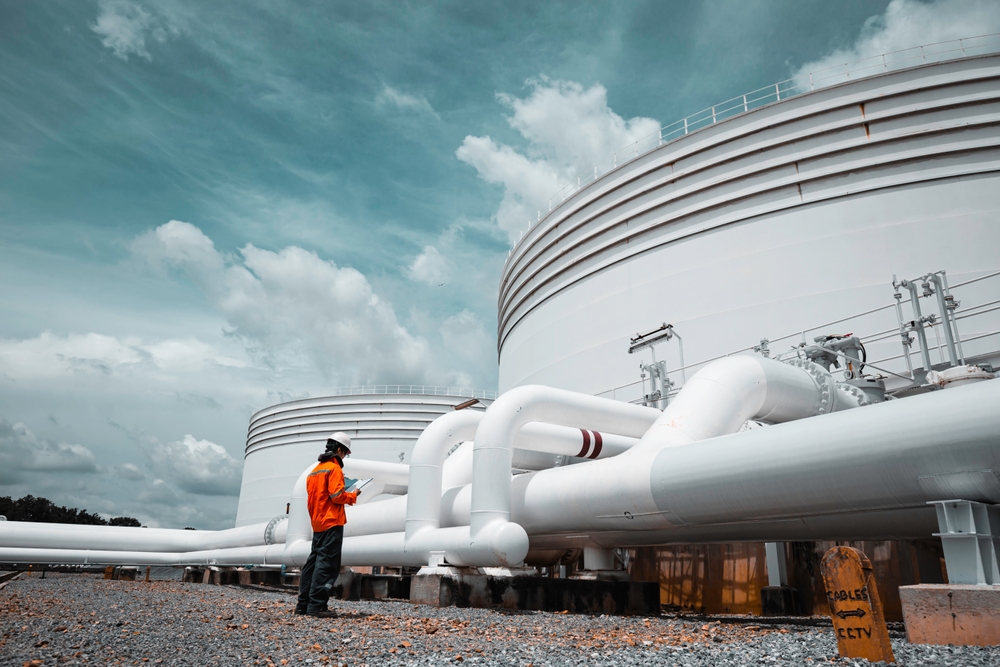Influence of Piping Design and Analysis on Pipe Support Selection and Design Course
Introduction:
This course examines the principles of designing, analyzing, and selecting supports for oil and gas piping. It covers essential topics such as:
- Principles of piping design
- How system configuration affects initial designs
- Layout planning
- Introduction to stress analysis of pipes
- Extensive piping supports and hanger systems
This program encompasses critical subjects valuable to specialists in the design and analysis of piping systems, particularly in the oil and gas industry. It includes both the basic design of piping and the challenges in designing pipe support systems.
The course aims to equip participants with the knowledge and skills necessary for:
- Detailed piping design procedures
- Utilization of engineering software packages for effective piping designs
- Detailed piping analysis
- Resolution of oil and gas-specific piping environmental issues
Objectives:
At the end of this course, participants will be able to:
- Deepen their comprehension of piping systems and process equipment, focusing on managing changes in piping and equipment systems.
- Implement design codes, standards, and best practices in the industry, using simple procedural steps for basic design calculations.
- Understand degradation mechanisms affecting equipment over its lifetime and adopt practices to avoid and mitigate damage.
- Enhance their ability to analyze causes and solve various related problems.
- Improve their skills in identifying hazards, assessing risk, and managing risk.
Training Methodology:
- Case studies
- Group discussions
- Problem-solving exercises
- Expert sessions
- Data evaluation and interpretation
- Role plays
Course Outline:
Unit 1: Introduction – Overview of Piping
- Main features of piping system designs
- Influence of operating conditions on piping design (e.g., flow rate, design pressure, temperature)
- Internal and external force effects on design
- Modes of failure & applicable codes
- Piping system configuration and common support structures
Unit 2: Preliminary Piping Design – Piping System Elements
- Ideas for developing initial piping design
- Layout considerations, including fluid properties, flow rates, and physical laws
- Influence of other elements (tanks, vessels, valves, pumps) on overall design
Unit 3: Preliminary Piping Design – System Totality
- System piping composition
- Categorization of piping systems by equipment and components
- Differences between series and parallel piping, and branch piping
- Conditions related to static and dynamic head loss
- Factors governing the type and placement of piping elements
Unit 4: Basic Concepts of Stress Analysis - Flexibility Analysis
- Historical methods of stress analysis before computer technology
- Review of techniques leading to current finite element practices
- Features of stress analysis, including failure theories and stress intensification factors
Unit 5: Basic Concepts of Stress Analysis - Design Bases
- Stages of a project’s lifecycle
- Importance of design bases in analytical work (physical parameters, applied load, joint design)
- Creating models for stress analysis
- Basic assembly procedures for stress analysis
- Effect of vibration on piping systems
Unit 6: Influences on Pipe Support Design - Rigid Supports
- Freestanding supports
- Generic support accessories vs. fully engineered parts
- Factors relevant to piping stress analysis in support design
- Adaptation of adjustable supports for design differences
Unit 7: Constraints of Pipe Support Design - Spring Supports
- Elastic supports (variable, constant, and large-ton springs)
- Operating conditions affecting support capacity
- Assembly design of pipe supports using ordinary spigots and spring parts
- Enhancements for accommodating eccentric arrangements in piping
Unit 8: Influences on Support Design - Restraints
- Use of restraint devices for short-term situations
- Classification of devices (hydraulic snubbers, mechanical snubbers, sway struts)
- Considerations for selecting appropriate restraint devices
- Principles of uniformity and flexibility in pipe support standards
Conclusion:
The course on oil and gas piping design, analysis, and support selection merges fundamental concepts with practical expertise, providing a comprehensive education in piping design tailored to industry needs.



.jpg)

.jpg)
.jpg)














